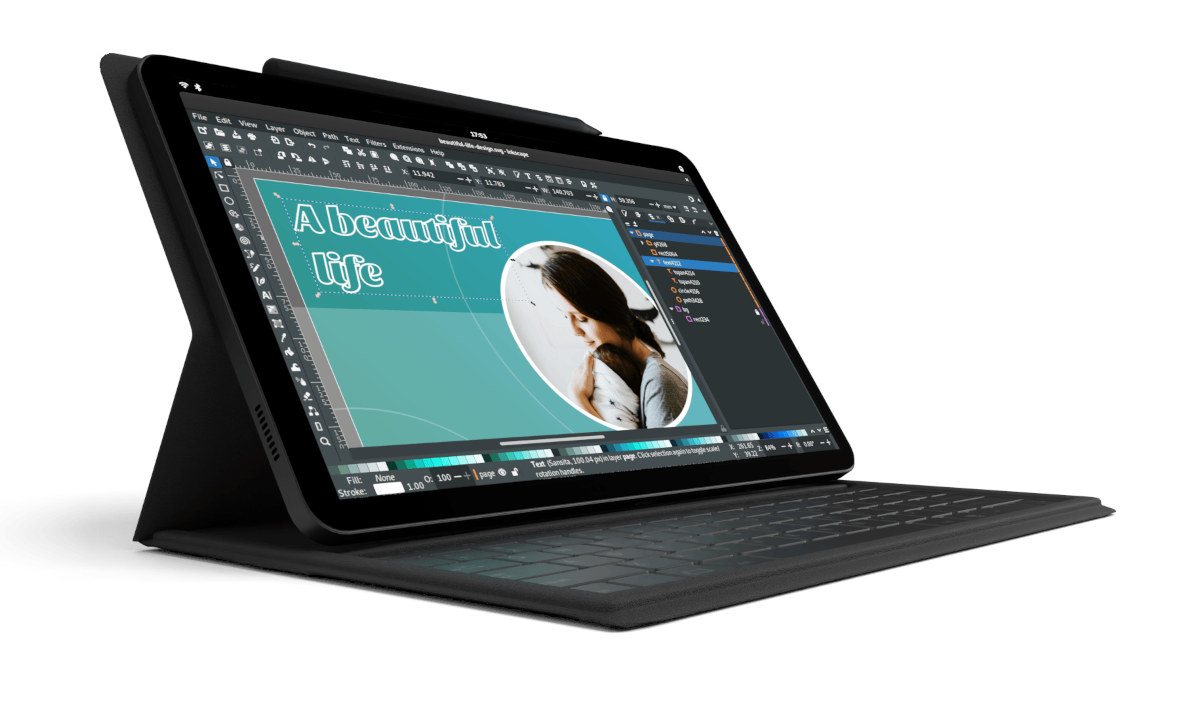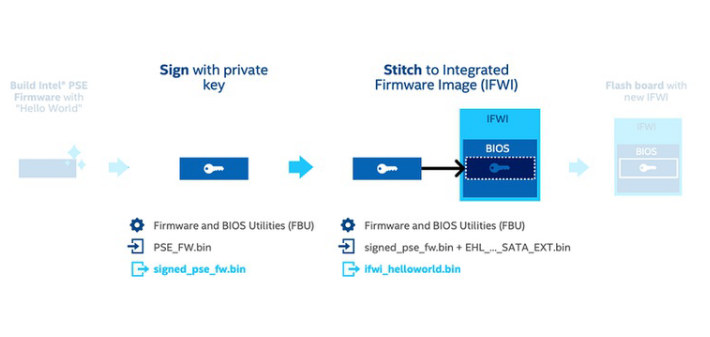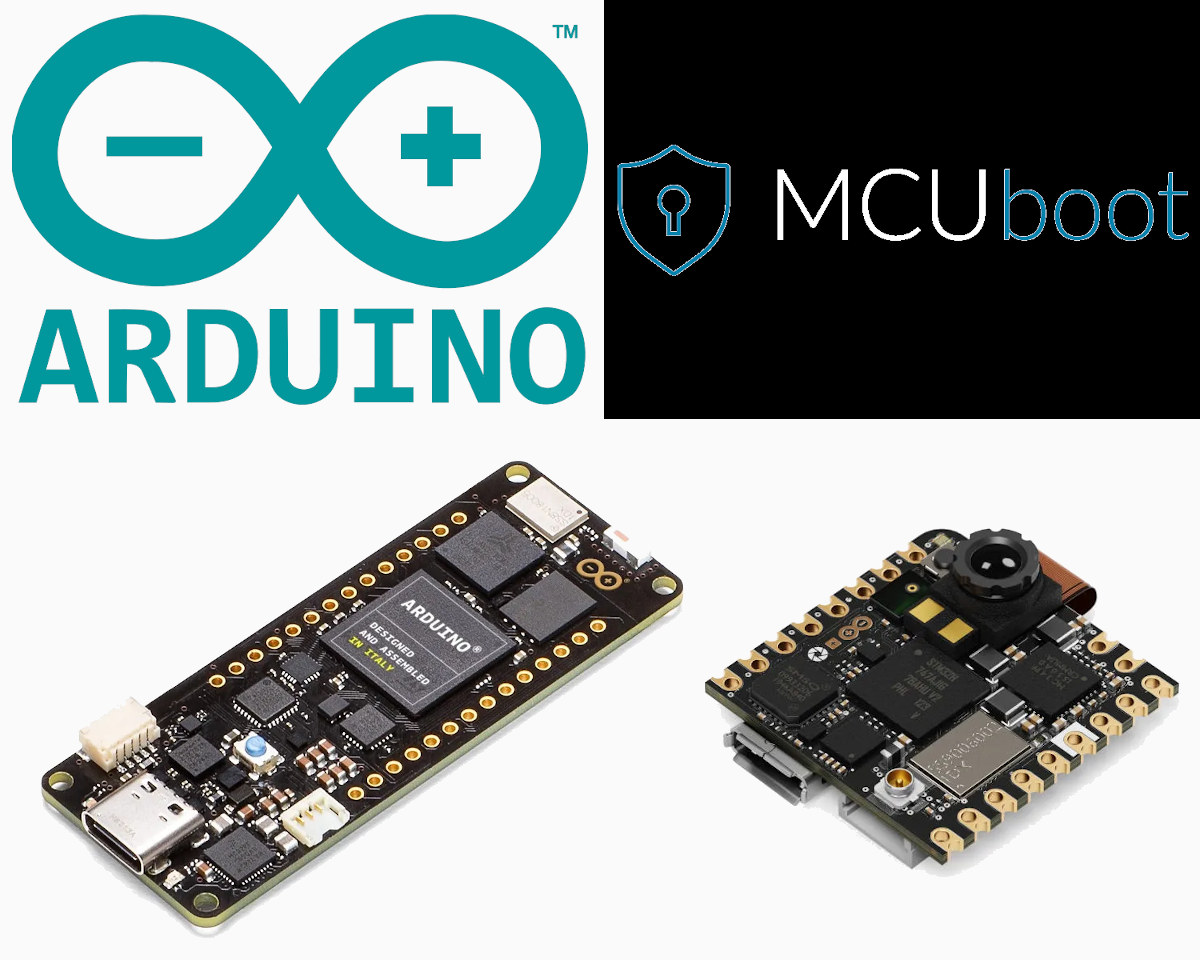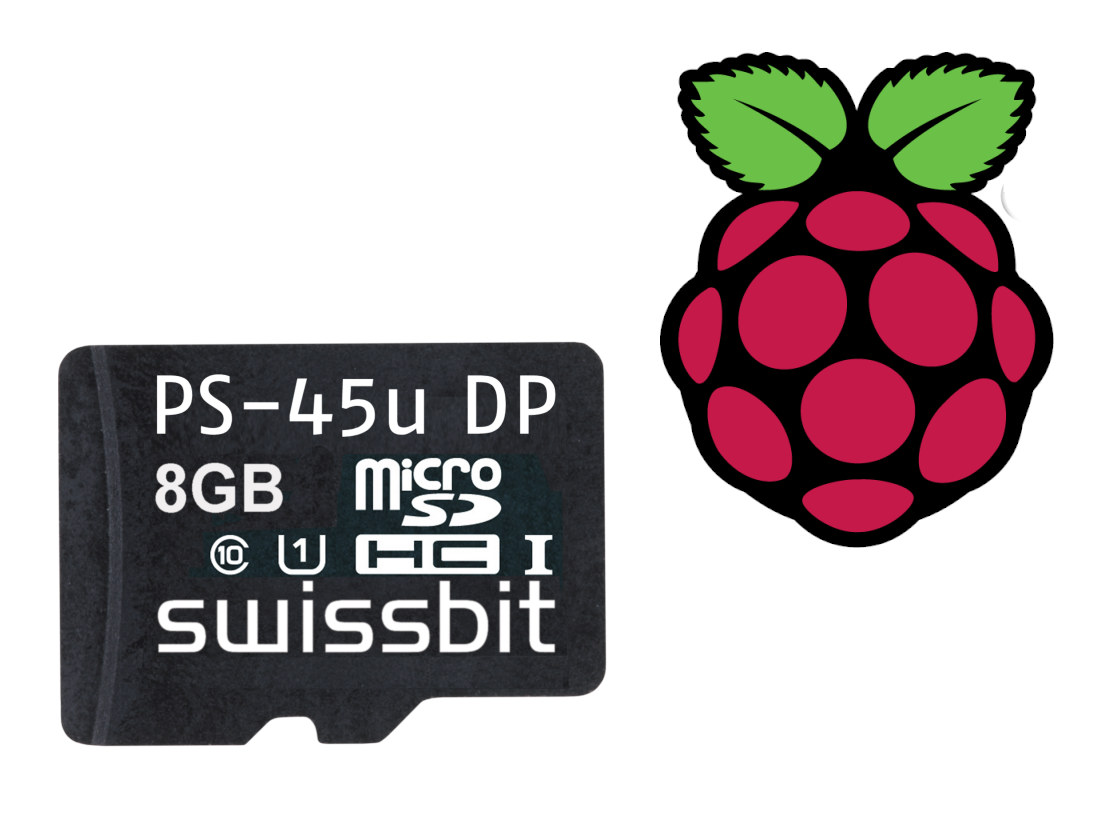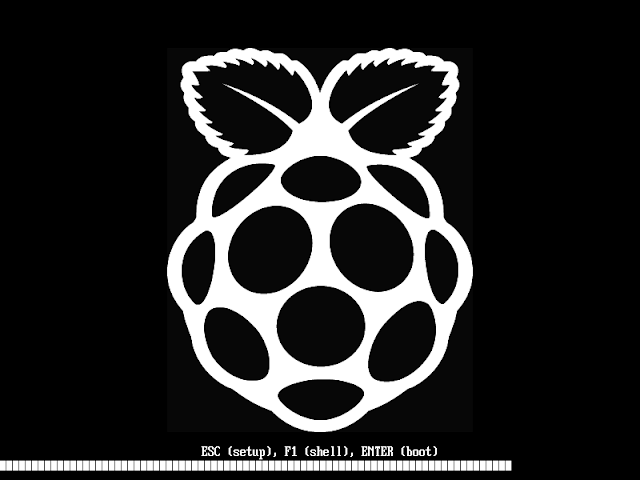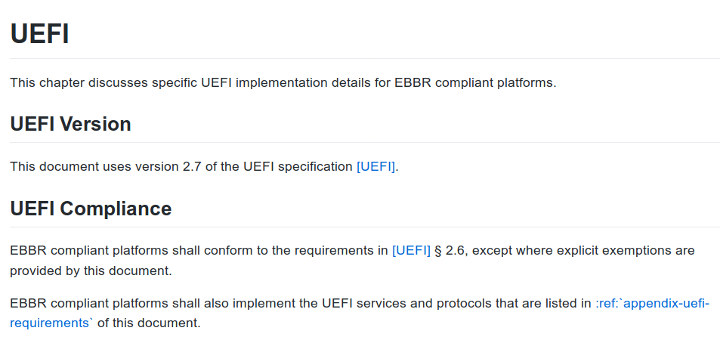Purism Librem 11 is an 11.5-inch Linux tablet running the secure PureBoot bootloader and PureOS Linux distribution with a focus on privacy and respect for personal freedom. The tablet comes with what looks to be a decent 11.5-inch AMOLED touchscreen display with a 2560×1600 resolution, 8GB RAM, and a 1TB NVMe SSD, but the Intel Celeron N5100 quad-core Jasper Lake processor would be considered entry-level in 2023. The tablet also comes with a keyboard and stylus making a 2-in1 hybrid device. Purism Librem 11 specifications: SoC – Intel Celeron N5100 quad-core Jasper Lake processor @ 1.1GHz/2.89GHz (Turbo) with Intel UHD Graphics System Memory – 8 GB LPDDR4 (soldered) Storage 1 TB NVMe SSD (Kingston KC3000) microSD card reader implemented with Genesys Logic GL823K Display – 11.5-inch AMOLED display with 2560×1600 resolution, 60Hz refresh rate, Goodix GXTP7380 multitouch digitizer, stylus support Stylus – 2x buttons, 4096 pressure levels, tilt support (XY), […]
LoRaWAN IoT Button ships with open-source firmware, bootloader, and Android app
LoRaWAN is often used for asset tracking or environmental monitoring, for example, to track cattle location, or monitor temperature and humidity in a field, but n-Fuse’s “LoRaWAN IoT Action Button” enables human interaction and comes with open-source firmware, bootloader, and soon the source code for the Android app. Most of the n-Fuse STx-LR family of LoRaWAN nodes integrates environmental sensors but the LoRaWAN IoT Action Button is different with support supports single, double, and long presses, as well as tactile feedback. n-Fuse STx-LR family comes in three variants with the following key features: MCU – STMicro STM32L071KZU6 Arm Cortex-M0+ microcontroller @ 32 MHz with 192KB flash, 20KB RAM sta-lr – Action button with tactile feedback. stx-lr – TI HDC2080 environmental sensor (Temperature, Humidity), BMA400 motion sensor (acceleration), magnetic field sensitive Reed switch, ambient light sensor, and proximity sensor. ste-lr – Bosch BME680 environmental sensor with temperature, humidity, air pressure, and […]
Intel releases SDK for Cortex-M7 PSE found in Elkhart Lake processors
Elkhart Lake processors integrate the Intel Programmable Services Engine (Intel PSE) offload engine for IoT workloads powered by an Arm Cortex-M7 microcontroller that handles real-time IO control using GPIO, I2C, and/or UART interfaces, and supports functions such as remote, out-of-band device management, network proxy, embedded controller, and sensor hub. Until now the firmware was only provided as a closed-source binary, and Coreboot developers published an open letter to open the source code for the PSE firmware last December, and it’s been successful with Intel releasing the Intel PSE SDK based on Zephyr OS. The SDK combines open-source components (code samples, services, etc…) released under a permissive Apache 2.0 license (“License A”), and closed-source libraries and tools released under an Intel license (“License B”) allowing the redistribution and use in binary form, without modification. You’ll find everything on Github including documentation explaining how to get started with the Zephyr SDK, the […]
Arduino releases secure bootloader based on MCUboot
Arduino has released a new bootloader based on MCUBoot to increase the range of features and firmware safety of Arduino products, with the first release targetting STM32H7 based Arduino Portenta and Nicla Vision boards from the Arduino Pro family. The release focuses on Arduino Mbed OS-based boards, but MCUboot is OS agnostic, and should also work with Zephyr, Nuttx, and Apache mynewt. The company has also made sure that the transition is easy and reused the existing OTA firmware upgrade process in place on Arduino boards. MCUboot Arduino highlights: Signed and encrypted updates – MCUboot has support for encrypting/decrypting images on-the-fly while upgrading. It will also check if the computed signature is matching the one embedded in the image before booting a sketch. Confirm or revert updates – After an update, the new Sketch can update the content of the flash at runtime to mark itself as OK. If everything […]
Android 12 source code pushed to AOSP
Google has now pushed Android 12 source code to AOSP (Android Open Source Project), after introducing Android 12 new features and the developer preview in February, and the first Android 12 Beta in May. The latest version of the mobile operating system should become available on recent Google Pixel phones in the next few weeks, followed by phones from Samsung, OnePlus, Oppo, Realme, Tecno, Vivo, and Xiaomi. You can download the code with the following command :
|
1 2 |
repo init -u https://android.googlesource.com/platform/manifest -b android-s-beta-5 repo sync |
Eventually, there should be an Android 12 tag in the manifest similar to android-12.0.0.0_r1. But that still means developers can start retrieving the source code to adapt the operating system to their needs, for example, to implement support for single board computers or TV boxes that do not use Android TV OS. The release notes for the source code list of the changes made to Android 12 OS including: Support for Android […]
Swissbit Secure Boot for Raspberry Pi Relies on MicroSD Card and optional USB Stick
Swissbit secure boot solution for Raspberry Pi consists of an 8GB or 32GB “PS-45u DP” Micro SD card pre-loaded with their secure firmware, and offering the following key features: Security policies with flexible and configurable authentication Access protection with configurable retry counter Protects Raspberry Pi boot loader Encrypts user and boot code to protect license, know-how, and IP The boot image can be set read-only to prevent unauthorized modification Restricting the access to data on the card by various configurable security policies: PIN or USB or NET policy Use 8GB PU-50n DP USB stick as 2nd authentication for secure boot Works with Raspberry Pi 2 and 3B+ (I suppose Raspberry Pi 4 support should come soon enough) Note that we previously wrote about an open-source Raspberry Pi 4 UEFI+ACPI firmware to make the board SBBR-compliant and support features such as UEFI secure boot, but Swissbit secure boot is completely unrelated […]
Raspberry Pi 4 UEFI+ACPI Firmware Aims to Make the Board SBBR-Compliant
As Arm wanted to enter the server market, they realized they had to provide systems that could boot standard operating system images without modifications or hacks – just as they do on x86 server -, so in 2014 the company introduced the Server Base System Architecture Specification (SBSA) so that all a single OS image can run on all ARMv8-A servers. Later on, Arm published the Server Base Boot Requirement (SBBR) specifications describing standard firmware interfaces for the servers, covering UEFI, ACPI and SMBIOS industry standards, and in 2018 introduced the Arm ServerReady compliance program for Arm servers. While those are specific to Arm server, some people are pushing to implement SBBR compliant for Arm PCs, and there’s one project aiming to build an SBBR-compliant (UEFI+ACPI) AArch64 firmware for the Raspberry Pi 4. The UEFI firmware is a build of a port of 64-bit Tiano Core UEFI firmware, and version […]
Embedded Base Boot Requirements (EBBR) Project Aims to Standardize Booting on Embedded Systems
Desktop and server systems relies on standardized interfaces between the bootloader and the OS like UEFI and ACPI, but for embedded systems the way the bootloader, often U-boot, handles the boot flow may vary greatly between targets. Arm and its partners already worked on this in the server space with the Server Base Architecture Specification (SBSA) , and more specifically the Server Base Boot Requirements (SBBR) within the specification that requires the use of both UEFI and ACPI on servers. Arm has now done something similar with the Embedded Base Boot Requirements (EBBR) project that targets specifically embedded systems, is based on a subset of UEFI, and works with either ACPI or device tree. EBBR specification once implemented in bootloaders like U-boot or Tianocore/EDK2 should allow a single version of an OS image to boot on multiple platforms without the per-platform customization required today.. In practical terms it means the […]


